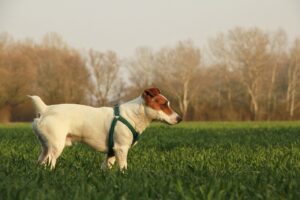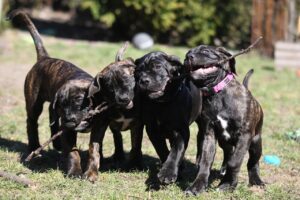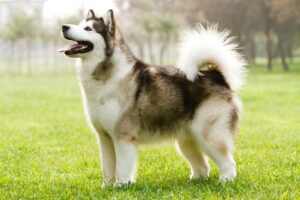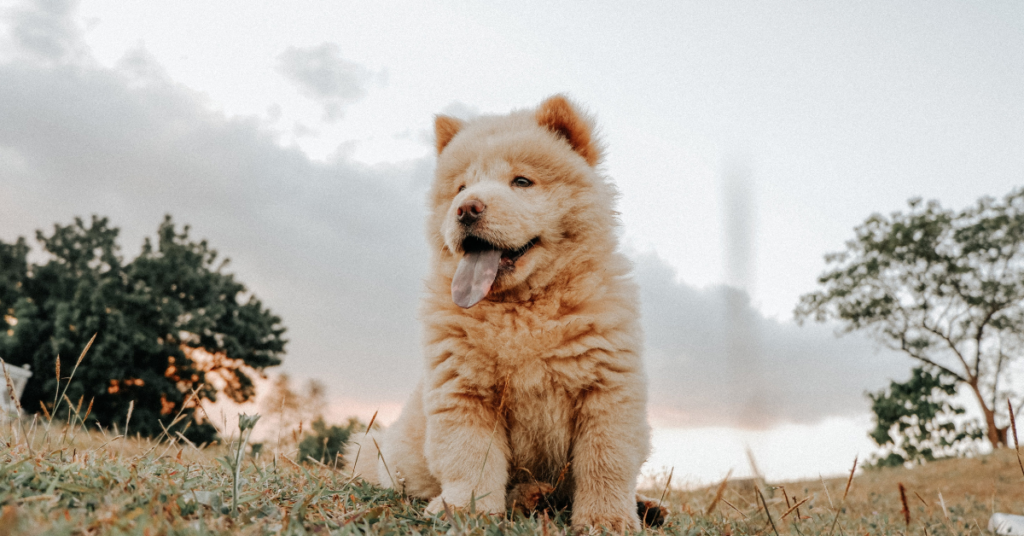
Ranked among the most popular dog breeds in the country, these cuddly canines are stealing hearts across the archipelago.
Why such popularity, you might ask? I can tell you it’s their unique charm that does the trick. They’re like living teddy bears with their thick and fluffy coats. Their sturdy build, triangular ears, and adorable blue-black tongues add to their irresistible appeal.
The story of Chow Chow in the Philippines is also intertwined with our history. There’s a widespread belief that Chinese immigrants introduced them to our country(1). And ever since, they’ve been a part of our homes and hearts.
How Much Does a Chow Chow Cost in the Philippines?
You’re not alone if you’ve ever had your heart stolen by a Chow Chow’s fluffy charm. These teddy bear-like canines are as irresistible as they come! Owning a Chow Chow is a significant investment.
From my recent market research, a purebred Chow Chow puppy with a solid blue tongue and proper deworming can cost anywhere between ₱20,000 to ₱30,000. This isn’t surprising, considering Chow Chows are one of the most expensive dog breeds in the world.

What Factors Affect the Price?
So, you’re planning to welcome a fluffy Chow Chow into your home? That’s terrific! But before you do, let’s delve into the factors that can affect the price of this adorable breed in the Philippines.
1. Breeder Reputation
The breeder’s reputation plays a significant role in the price of a Chow Chow. Established breeders with a history of healthy pups will often charge more. It’s like buying a branded item – you pay for quality and assurance.
2. Coat Color
Believe it or not, the color of your Chow Chow’s coat can influence its price. Specific colors are rarer than others, which can increase demand and price.
3. Age & Availability
Puppies are usually more expensive than older dogs due to their high demand. Plus, availability plays a part, too. If Chow Chows are in short supply, expect the prices to soar.
4. Pedigree
A Chow Chow with a pedigree lineage can cost a pretty penny. If your dog comes from a line of champions, their price will reflect that.
5. Health & Dietary Needs
Lastly, Chow Chows are prone to certain health conditions like elbow dysplasia. This and their specific dietary needs can add to the overall cost.
The Yearly Expenses
A Chow Chow’s monthly upkeep is as unique as their lion-like mane! You know they’re worth every peso spent, so let’s break down the costs for you.
a. Food
Adult Chow Chows typically consume around 2 to 2.5 cups of dry dog food daily, equating to 60-75 cups a month. The average price of high-quality dog food is Php 3,000 for a 15kg bag.. A single bag should last about two months.
Therefore, you could expect to spend around ₱18,000 to ₱20,000 yearly on dog food. Actual costs may vary based on your Chow Chow’s specific dietary needs and the dog food brand you choose. It’s always best to consult a vet for an accurate feeding plan.
b. Grooming
Next up is grooming. These fluffy furballs require regular grooming to keep their coat healthy and mat-free. This can set you back ₱1,000 to ₱2,000 per session.
c. Veterinary Visits
Don’t forget about routine veterinary visits. From vaccinations to general check-ups, these can add up. As per my research, new dog owners in the Philippines typically spend about ₱10,000 to ₱20,000 in the first year.
d. Toys and Accessories
Lastly, there are the miscellaneous costs. Toys, treats, and hygiene essentials can cost around ₱3,000 to ₱5,000 yearly.
Total Yearly Expense
In total, be ready to shell out ₱43,000 to ₱64,000 every year. Owning a Chow Chow isn’t just a decision—it’s a commitment. But the boundless joy and companionship they bring are worth every peso!
| Expense | Cost |
| Chow Chow’s Price | ₱20,000 to ₱30,000 |
| Food | ₱18,000 to ₱20,000 |
| Vet Visits | ₱10,000 to ₱15,000 |
| Grooming | ₱12,000 to ₱24,000 |
| Toys and Accessories | ₱3,000 to ₱5,000 |
| TOTAL | ₱63,000 to ₱94,000 |
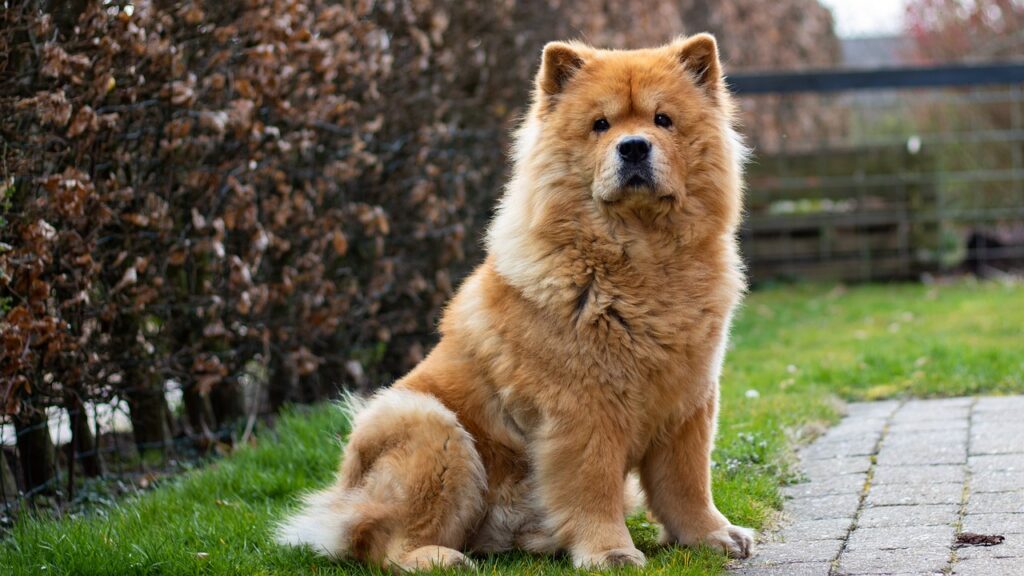
Questions to Ask Before Buying a Chow Chow
If you’re searching for a Chow Chow in the Philippines, here are some crucial questions to ask your seller.
a. How old is the dog?
Age isn’t just a number when adopting a Chow Chow. An older Chow Chow might have set habits and health issues. Puppies, while adorable, require a significant time commitment.
b. Are the vaccinations up to date?
Vaccinations are the necessary shield for our furry friends. Ensure your Chow Chow’s shots are up-to-date to protect them from potential health threats.
c. Can you describe the temperament of the dog’s parents?
Knowing the parents’ temperament can explain your future Chow Chow’s personality.
d. Can I see the heritage of both parents?
It helps you understand their breed-specific traits and possible health issues.
e. What lifestyle do you have? Is your property fenced?
You need to ensure that your living situation and daily routine align with the needs of this breed.
The Pros and Cons of Having a Chow Chow
With their thick double coat and lion-like mane, Chow Chows are better suited to cooler climates. However, with the proper care, your Chow Chow can thrive under the Philippine sun.
Pros:
- Great Companions: Chow Chows are fiercely loyal. They’re like the Sam to your Frodo, sticking by your side through every tropical adventure. They are also incredibly calm and dignified, making them excellent companions for quiet evenings at home.
- Adaptable: Don’t be fooled by their aristocratic demeanor; Chow Chows are adaptable. They can gracefully adjust to their surroundings.
- Excellent Watchdogs: Their aloof nature towards strangers makes them excellent watchdogs.
Cons:
- Heat Sensitivity: The Philippines’ tropical climate can be harsh on our fluffy friends. Imagine wearing a fur coat in the middle of summer! To keep them comfortable, ensure access to cool water and shaded areas, and avoid walks during the hottest parts of the day.
- Grooming Needs: Their majestic coat requires regular grooming to prevent skin infections, especially in humid conditions.
- Exercise Needs: Chow Chows need regular exercise to stay healthy. However, the heat can make this challenging. Early morning or evening walks when temperatures are cooler are recommended.
In conclusion, owning a Chow Chow in the Philippines requires understanding and adaptability. But remember, every challenge is easier when you have a furry friend by your side!
Do Chow Chows Need Aircon All the Time?
Not necessarily. While air conditioning can offer relief during hot months, it’s not required 24/7.
Just like humans find ways to keep cool without constant air conditioning, so can our Chow Chows. Hydration is vital – always ensure fresh water is within their paw’s reach. Avoid walks during peak sun hours and provide shaded outdoor areas. Regular grooming helps their skin breathe and prevents overheating.
They’re more adaptable than we often realize. With the proper care, your Chow Chow can manage the Philippine heat quite well.
References:
1. Dogs in Philippine History by Ian Christopher B. Alfonso (book)




